
How to develop bottom-up marketing
A. Going down to the front
The most crucial step in developing an effective marketing strategy is to go down to your companys marketplace - your customer front line - and find a competitive mental angle for your service or product which works.
A companys chief executive officer (CEO) is generally the person who approves or rejects the companys overall marketing program. Unfortunately, in most companies, the CEO is also the person most likely to be out of touch with the realities of the marketplace.
To overcome this isolation, the CEO must make the time to personally visit the customer front lines to see how potential customers react. Sending someone else to carry out this observation function is not nearly as effective as a CEO hearing, seeing and experiencing it for himself or herself.
Going to the front cannot be delegated out because middle managers will generally only tell senior managers what they think the senior managers want to hear. The trip to the front should be viewed in its true light - as the key to the survival of the company in the years ahead.
A visit to the front should be made for information rather than confirmation purposes. That is, a CEO should be there to observe what does and does not work rather than looking for facts which confirm previously formed opinions.
Ultimately, the front line for a product or service is in the mind of the prospect. Therefore, going to the front line means being able to objectively explore what customers and prospects are thinking about.
Not a single distinctively new electric home appliance has ever been created by one of the giant concerns - not the first washing machine, electric range, dryer, iron or ironer, electric lamp, refrigerator, radio, toaster, fan, heating pad, razor, lawn mower, freezer, air conditioner, vacuum cleaner, dishwasher or grill.
--T.K. Quinn, Former Chairman, General Electric
Theres nothing wrong with market research as long as you remember that marketing is a game of the future. Most marketing research is a report on the past. Research tells you what prospects have already done, not necessarily what they are going to do. (They dont know what theyre going to do, so dont confuse them by asking.)
--Al Ries and Jack Trout
It is better to see once than to hear a hundred times.
--General Secretary Gorbachev
The only things worth learning are the things you learn after you know it all.
--Harry Truman
It is not information of a general sort that helps a President see personal stakes. It is the odds and ends of tangible detail that, pieced together in his mind, illuminate the underside of issues put before him. To help himself he must reach out as widely as he can for every scrap of fact, opinion, gossip, bearing on his own interests and relationships as President.
--Richard Nuestadt, Political Scientist
B. Monitoring the trends
Monitoring the trends means to watch for long-term shifts in consumer lifestyles that may influence your markets. It also means to make the important distinction between short-term fads and long-term trends.
Many people take the sensational headlines of newspapers and magazines to develop a perception that vast lifestyle changes are taking place every day. Reality, as usual, is quite different from the hype.
For the majority of people, basic habits change slowly and gradually. The press spends so much time trumpeting these short-term variations that often the long-term trends are ignored. For a business, the big profits lie not in the short-term variations but in aligning the company with long-term trends.
Telling the difference between a short-term fad and a long-term trend is tricky. As a general rule, fads have sales levels that increase dramatically overnight while sales volumes for trend items tend to start slowly and build momentum gradually. Fads are newsworthy and get lots of attention while trends happen so gradually they arent dramatic enough to sell any newspapers or magazines.
Marketing plans need to be founded on the bedrock of reality. There is sometimes a temptation to go off into the wild blue yonder with plans based on the fad of the moment while ignoring other realities.
Top-down marketing plans are usually based on predicting the future. Some use an extrapolation of present trends. Others assume the future will be a replay of the past, or depend on accurately predicting what the enemy will do. Clearly, good marketing plans are workable and successful in spite of the competition or any external conditions.
Smart companies dont try to predict the future. Instead, they work to create the future, by developing products and services whose success will create their own trends. These products tap into the pool of existing potential customers and dont wait for a change in consumer behavior to occur before the product can make a start.
And finally, even in the strongest trend, there is always a market for a new product which runs against the trend. If you notice that everyone else is doing one thing and you develop a way to do the opposite, you just may end up with a hugely successful product.
The unexpected always happens.
--Peters Law
C. Narrowing your focus to find a tactic
A tactic is a competitive mental angle in the mind of a prospect for your product or service. Marketing is a battle of ideas rather than products or services. An effective tactic is a marketing approach which produces results.
The traditional top-down marketer is always trying to change peoples perceptions. Hes so caught up in his own product or service he believes that if the right words and images are used, everyone will also fall in love with the product.
By contrast, a bottom-up marketer sits down and figures out how to use the perceptions that already exist to best advantage. That is, the bottom-up marketer is willing to change the company or the product to suit any market conditions which already exist.
Marketing is a business activity in which a simple idea is always superior and more effective than a complex one. Similarly, one tightly focused concept will always out perform a host of messages spread over a wide number of products.
Any product which tries to appeal to everybody ends up appealing to nobody. The company that tries to be all things to all people is always going to be vulnerable to another company which is a specialist. This is because:

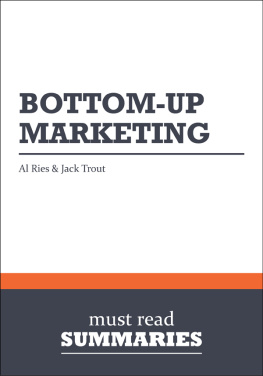






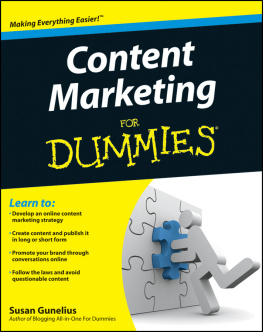


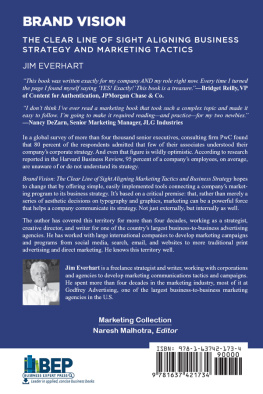
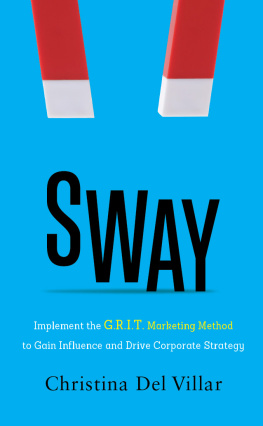

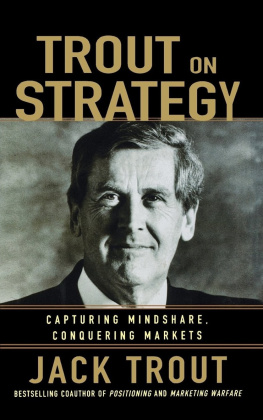


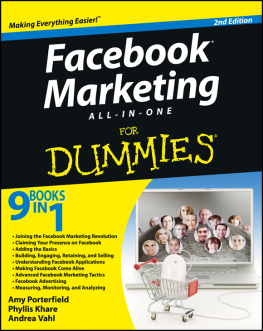

 How to develop bottom-up marketing
How to develop bottom-up marketing